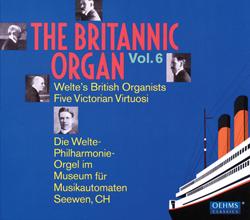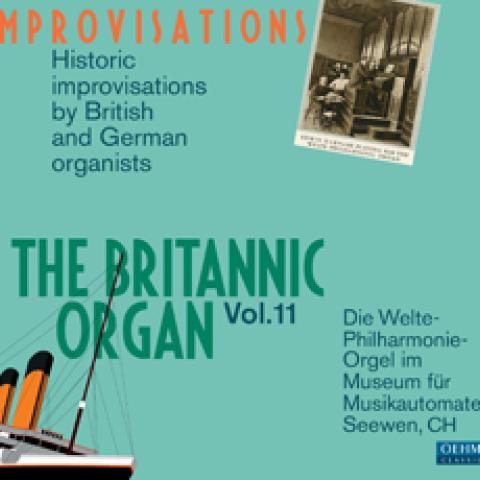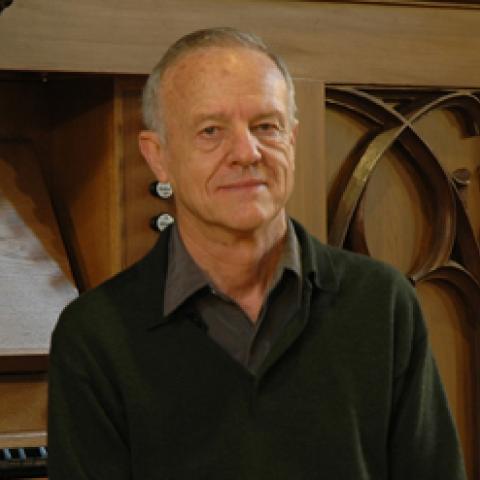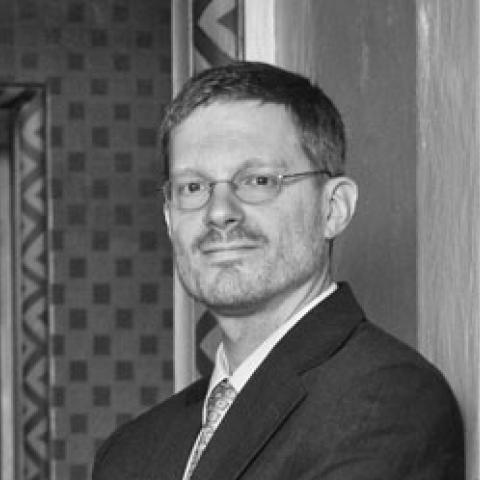
A new two-CD set, The Britannic Organ Vol. 6, recorded on the Welte organ of the ship Britannic, has been released on the Oehms Classics label (OC 845).
Featuring organists Alfred Hollins, Harry Goss-Custard, Herbert Walton, William Wolstenholme, and Reginald Goss-Custard, the recording presents works by Bach, Handel, Widor, Wolstenholme, and others, played on the two-manual Welte-Philharmonie in the Museum für Musikautomaten in Seewen, Switzerland.
For information: www.oehmsclassics.de.





